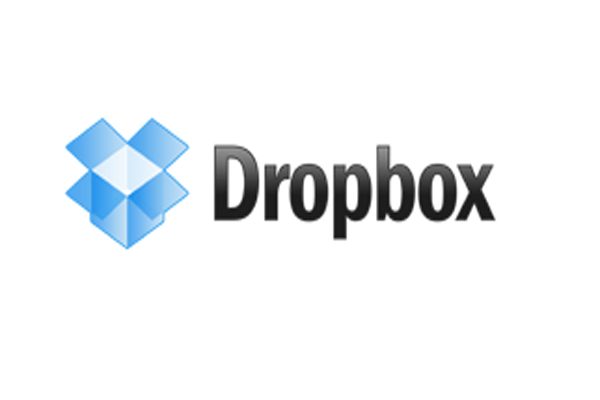The apps are coming to get you!
Inside the Enterprise: A combination of BYOD and legacy software is bringing firms' applications strategy to breaking point, a consultancy argues.

A mix of legacy software, and staff bringing their own applications to work, is putting companies' software strategies under severe strain, according to a consultancy firm.
Avanade, the IT integrator part-owned by Accenture and Microsoft, believes that companies are creating their own "application strategy Hell", as they struggle to manage the pressures of employees to bring in unauthorised personal applications, and to update or replace legacy software.
Research by the firm suggests that two key developments have come together to create an application crisis: the upcoming end of support for Microsoft's Windows XP, in 2014, and the trend for individual employees to bring personal devices to work.
Those devices, mostly tablets and smartphones, are increasingly coming in to the business with personal apps too. These, rather than being selected and provisioned by corporate IT, are being bought from app stores by staff, or downloaded over the web.
The risk of malware infection, data loss, or simply the use of apps that are inconsistent or ineffective is all too real.
Avanade argues that the two trends are creating inefficiencies in business processes, and in turn, a loss of profits and of customer satisfaction. As many as 52 per cent of companies surveyed by the firm did not yet have a strategy in place to deal with Windows XP going out of support, and 91 per cent said that employees bringing their own apps posed a risk.
According to Nicholas Merriman, chief architect, at Avanade, organisations are better-placed to deal with legacy applications than they are with app proliferation (or Bring Your Own App), but for too many businesses, the enterprise software strategy remains, at best, disjointed.
Get the ITPro daily newsletter
Sign up today and you will receive a free copy of our Future Focus 2025 report - the leading guidance on AI, cybersecurity and other IT challenges as per 700+ senior executives
"Legacy is a known issue in many organisations today," he says. "They have assessed the landscape and understand the issues, the potential impact and the mechanisms to mitigate. However BYOD, apps and SaaS, are relatively new and so the risk is, comparatively, not as well understood."
The increasing ease with which individuals, or departmental managers and project teams, can buy apps either from app stores or the cloud. Firms buy SaaS or cloud-based applications, as a way of bypassing slow or unresponsive internal IT. Frustration with current business applications is at least one reason, says Merriman.
"In our experience is this is due to two things. One is lack of agility; the other is the lack of apparent priority within IT due to competing business demands. In the past if IT couldn't deliver then the business had to wait or spin off their own IT function, which is a costly and risky approach. Now businesses don't need to wait: they can simply, with a credit card spin up services without involving IT at all," he says.
The answer, though, is not to ban people from downloading apps or using the cloud: even if it were practical, that would cause as many problems as it solves. Instead, IT needs to be quicker at identifying legacy applications, gaps in capability, or simply areas where a business application no longer works in the way the business needs. "The trick," Merriman says, "is to make the assessment process quick , and develop a model for remediation or replacement."
After all, no-one really wants to pay for business IT on their credit cards, do they?
Stephen Pritchard is a contributing editor at IT Pro.
-
 Bigger salaries, more burnout: Is the CISO role in crisis?
Bigger salaries, more burnout: Is the CISO role in crisis?In-depth CISOs are more stressed than ever before – but why is this and what can be done?
By Kate O'Flaherty Published
-
 Cheap cyber crime kits can be bought on the dark web for less than $25
Cheap cyber crime kits can be bought on the dark web for less than $25News Research from NordVPN shows phishing kits are now widely available on the dark web and via messaging apps like Telegram, and are often selling for less than $25.
By Emma Woollacott Published
-
 What is enterprise mobility?
What is enterprise mobility?In-depth There’s more to mobility than making sure employees have a smartphone and a laptop
By Jane McCallion Published
-
 How to move to the cloud
How to move to the cloudIn-depth The IT Pro Panel offers advice on cloud migrations: where to start, board buy-in, and picking suppliers
By Joe Curtis Published
-
 AGS Airports outsources IT support to focus on innovation
AGS Airports outsources IT support to focus on innovationCase Studies AGS signs five-year deal with Getronics after leaving Heathrow Holdings
By Joe Curtis Published
-
 Is Dropbox fit for business?
Is Dropbox fit for business?In-depth It's brought cloud storage to the masses, but is Dropbox a lifesaver or a threat? Simon Brew has been taking a look...
By Simon Brew Published
-
 IBM and AT&T team up in cloud
IBM and AT&T team up in cloudNews Big Blue and telecoms giant form private cloud alliance
By Rene Millman Published
-
 CFOs getting closer to IT thanks to cloud
CFOs getting closer to IT thanks to cloudNews New research from Google claims the CFO will be more involved in IT thanks to the booming cloud market.
By Kellan Howell Published
-
 Sage teams up with Rackspace to deliver CRM to SMBs
Sage teams up with Rackspace to deliver CRM to SMBsNews Small business software company Sage is to deliver SaaS-based CRM through a deal with Rackspace.
By Max Cooter Published